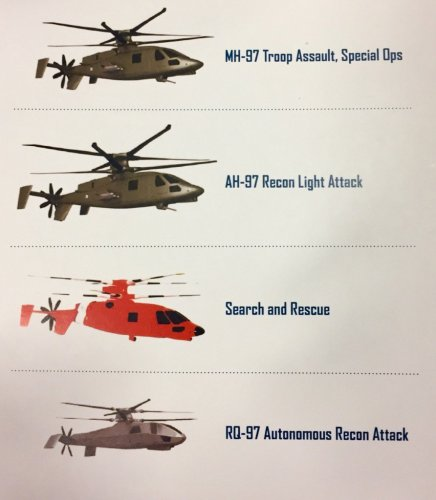The Coast Guard received approval from the Department of Homeland Security on Oct. 31, 2023, to proceed with acquisition program activities that will continue to extend the service life of the existing MH-60T fleet as well as begin the Coast Guard’s transition to a rotary wing fleet consisting of all MH-60T aircraft. The MH-60T Acquisition/Sustainment Program is authorized to:
- Move to full rate production of newly manufactured hulls as part of the service life extension program (SLEP) for the existing MH-60T fleet.
- Conduct Obtain Phase activities and execute low rate initial production of 12 aircraft that will transition three Coast Guard air stations currently operating with the MH-65 to the MH-60T.
- Begin Obtain Phase activities for aircraft that will transition the remaining Coast Guard air stations to the MH-60T from the MH-65.
Consolidation of the Coast Guard’s rotary wing fleet to a single MH-60T airframe is necessary to mitigate sustainability challenges with the MH-65 short range recovery helicopter and maintain the service’s rotary wing capability until recapitalization in line with the Department of Defense’s Future Vertical Lift program.
.....
The Coast Guard’s plan to organically grow the MH-60T fleet to
at least 127 aircraft, referred to as fleet growth, will occur in two phases, using the same production activities completed in the SLEP. The first fleet growth phase, known as Increment 2 of the program, will organically produce 36 aircraft to convert eight air stations from MH-65 to MH-60T operations. The program has been authorized to produce the first 12 aircraft for this increment and will seek authorization from DHS to produce the remaining aircraft at a later date. Transition of the first air station under Increment 2 is expected to occur in summer 2024.
The air stations not transitioned to MH-60Ts under Increment 2 will be converted as part of Increment 3 of the program. The final air station transition is anticipated to occur in the early 2040s.









